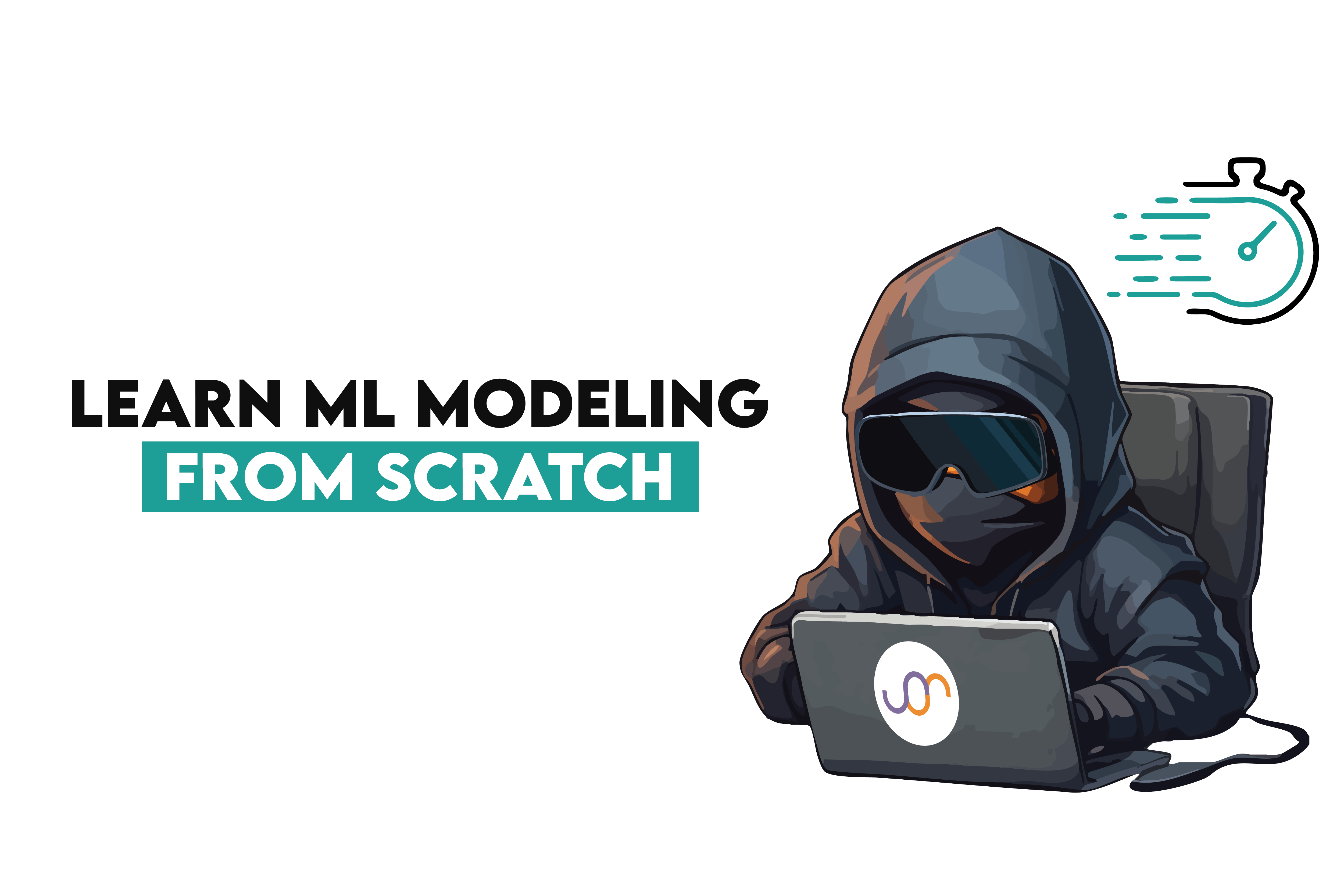Machine Learning Modeling: Essential Techniques, Tools, and Examples

Ever wonder how Netflix knows precisely what you want, even if you don’t? It’s magic!
OK, it’s not, but it also starts with M: machine learning modeling. This is a process that provides predictive power to today’s decision-making. Recommendation systems. Fraud detection. Autonomous vehicles. Credit scoring systems. Even your phone’s camera adjusting focus. Yup, that’s all machine learning modeling.
Get ready for some explanations of a workflow, practical code examples, vital ML modeling techniques, and tips to help you bring the model to life.
1. What Will You Learn From This Guide?
- A complete ML modeling workflow - from data collection and EDA to model training and deployment.
- How to clean and prepare real-world data using Pandas and Python.
- When and why to use specific algorithms like random forests, logistic regression, and XGBoost.
- How to evaluate models using the right metrics based on the problem type.
- What makes a good feature, and how to engineer and scale it for better performance.
- Deployment basics: turning your model into something production teams can actually use.
2. Who Is This Guide For?
- Data science beginners who want a realistic (and structured) walkthrough of modeling.
- Practitioners who understand Python but struggle to connect ML theory to practice.
- Developers transitioning into data roles, looking for a full-stack view of the ML pipeline.
- Analysts aiming to level up their technical modeling skills beyond Excel and dashboards.